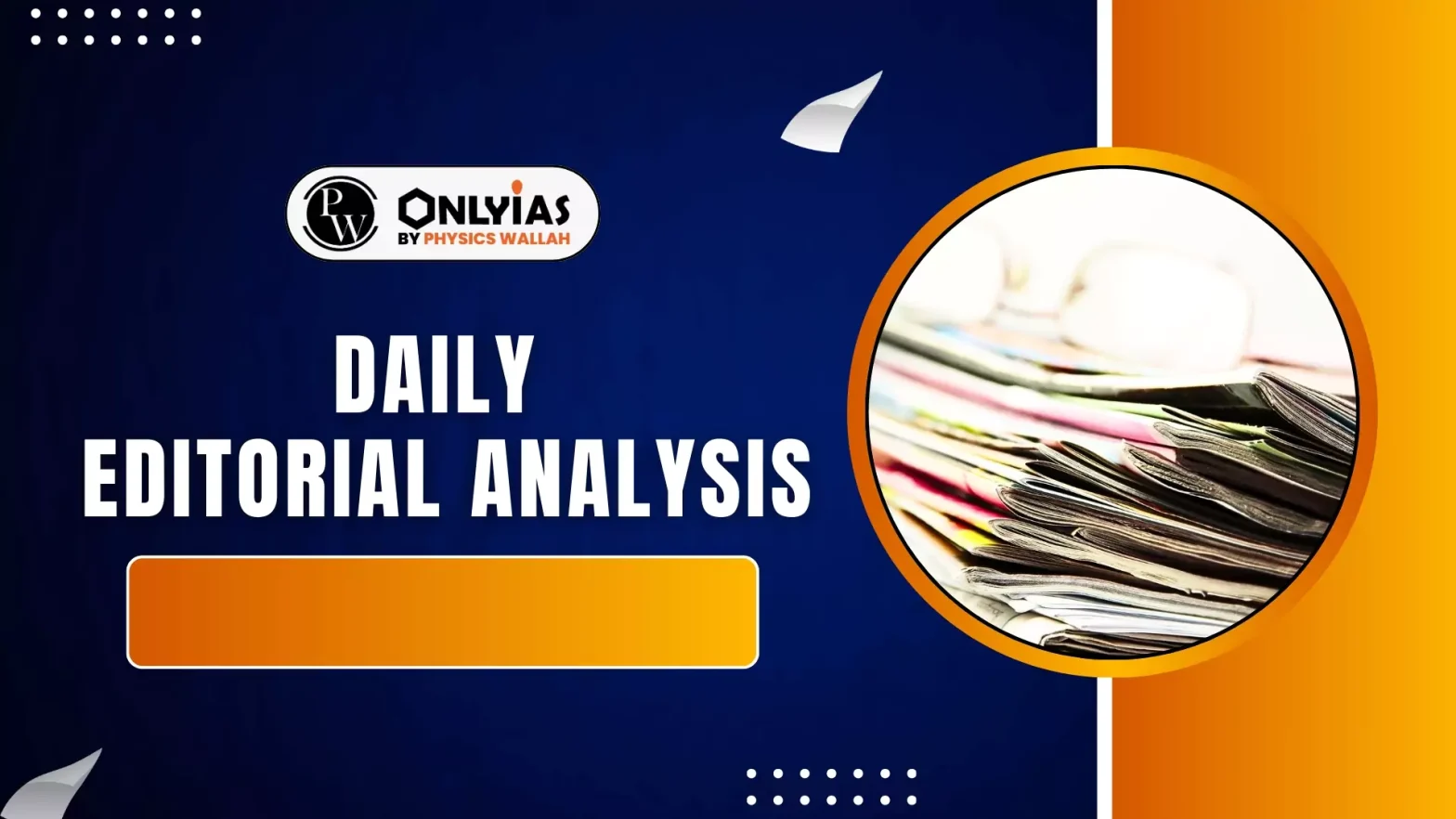On July 25, 2025, a portion of the school building collapsed during morning assembly at Piplodi Government School in Rajasthan’s Jhalawar district, resulting in the loss of seven young lives and injuries to several students of Classes 6 and 7. The majority of the victims were from tribal families.
- There was a similar incident the next day in Nagaur district but the school was closed for the holiday.
The Pervasive Infrastructure Crisis
- As per UDISE 2023-24 data, there are more than 70,000 government schools in Rajasthan serving nearly 84 lakh students, especially from the poorer and marginalised sections.
- Of these, some 8,000 schools have been estimated by the Education Department to be in a poor condition.
- The Jhalawar school was not among the schools identified as being in a poor state, indicating the extent of the problems.
- Despite the allocation of significant funds, such as ₹650 crore by the Rajasthan government over the past two years for infrastructure improvement, these investments have yielded little positive change on the ground.
Policy-Level Deficiencies
- NEP 2020 Implementation: The National Education Policy (NEP) 2020 was introduced with goals for transforming India’s education system.
- It proposed increasing public expenditure on education to 6% of GDP, up from the then 4.6%.
- Infrastructure development was identified as a top priority.
- Government Apathy: Despite the policy’s intent, there is little evidence of significant efforts by either the Union or State governments to meet these goals.
- Instead, the focus has shifted toward reducing public investment in education.
- Government’s Primary Duty: While these may be applicable to higher education, basic school education is a primary duty of the government — as it is across the world including in the most developed nations.
- Setting up model schools and funding them to serve as exemplars cannot be at the cost of mass school education.
- Critical for demographic dividend: Foundational Literacy and Numeracy has been identified as a critical area for boosting workforce productivity and reaping the demographic dividend that will soon run its course as India’s population ages.
- Infrastructure Deficit Undermines Pedagogical Innovation: The current discourse often focuses on pedagogical improvements and new educational apps, but these discussions become meaningless when the foundational elements – safe buildings, adequate classrooms, and sufficient teachers – are missing.
Barriers to Learning in School Education
- Discourage Attendance: The immediate consequence of unsafe school environments is the reluctance of parents to send their children to school.
- Acute Teacher Shortage: Beyond safety, other critical issues plague government schools, such as a severe shortage of teachers.
- Compromised Foundational Learning: In many rural areas, a single teacher might be responsible for teaching multiple classes simultaneously (e.g., Classes 1 to 5 combined), severely compromising the quality of education.
- Implications for India’s Economic Future: These systemic failures directly impact the development of foundational literacy and numeracy, which are crucial for workforce productivity and for India to truly harness its demographic dividend.
- If children lack basic foundational skills, they cannot acquire advanced skills, hindering their ability to contribute to the economy.
Way Forward
- Government Responsibility: Primary education must be recognized as a 100% government responsibility, moving away from self-financing models for basic schooling.
- Safety Audits and Remediation: All old school buildings across the country require urgent safety auditing. If deemed unsafe, alternative arrangements for students must be made until new, safe structures are built.
- Preventing Fund Leakage: Governments allocate funds for infrastructure, but rigorous measures are needed to prevent widespread corruption and leakage. Funds must genuinely reach the ground level to facilitate actual improvements and maintenance.
- Teacher Recruitment and Training: A consistent focus on recruiting adequate teachers and providing them with proper training is paramount for improving educational quality.
- Learning from Successes: States like Kerala and Delhi have demonstrated significant improvements in their education infrastructure over many years. Other states should study and adopt their successful strategies.
Conclusion
This tragedy should serve as a wake-up call, compelling governments to prioritize the safety and foundational education of every child in India.
![]() 30 Jul 2025
30 Jul 2025

